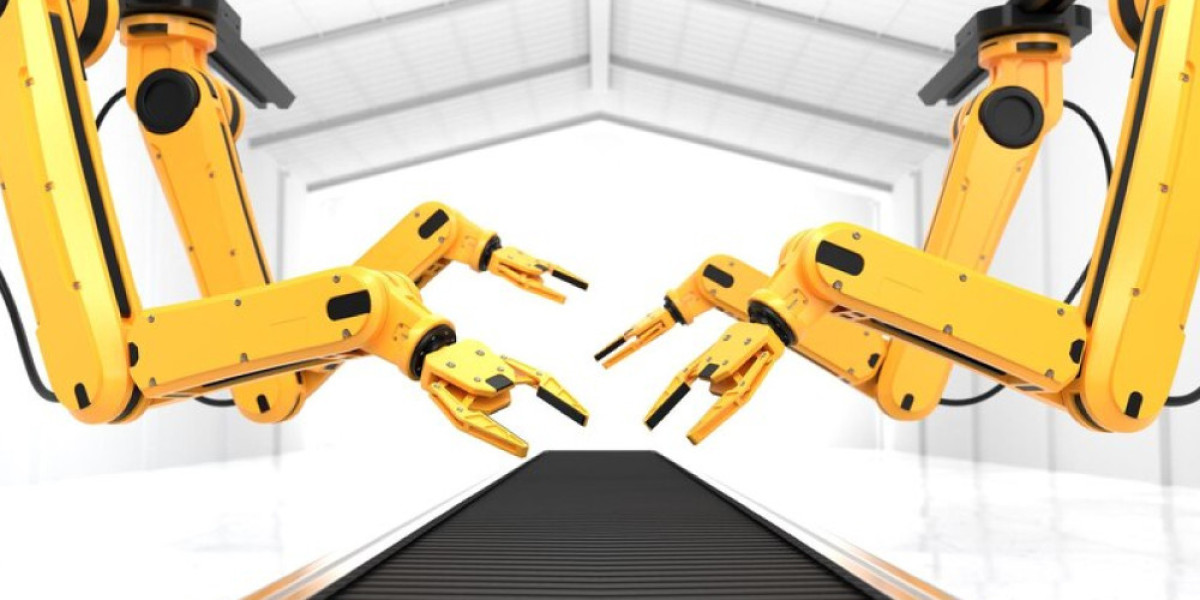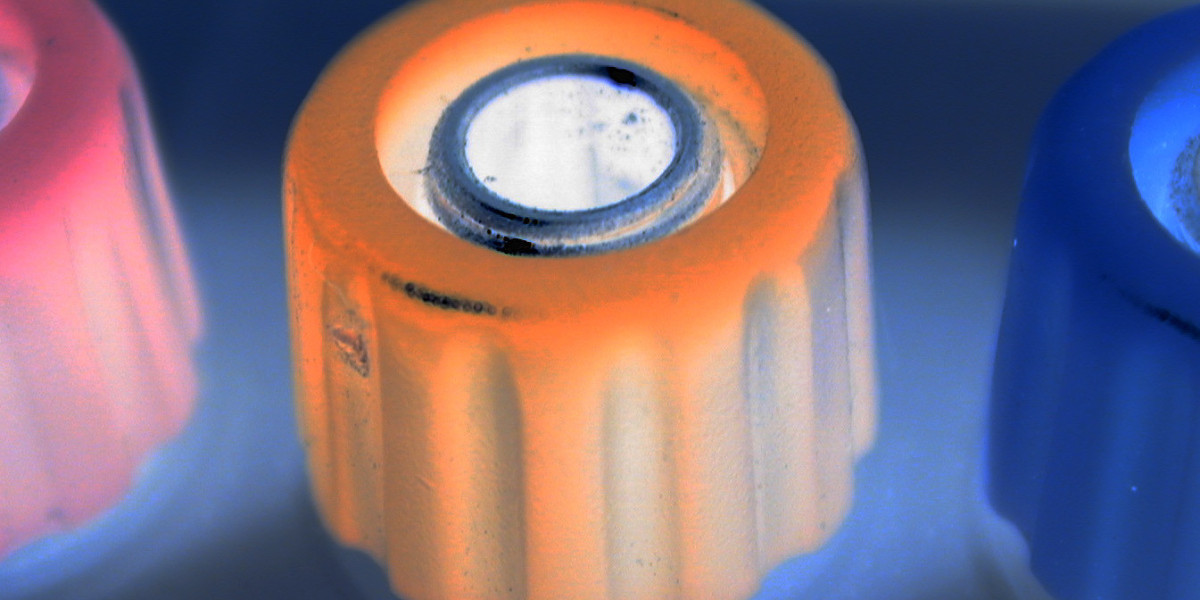Bandsaw cutting systems are a critical component of the metal sawing machine market, offering efficient solutions for cutting various metal materials. These systems are known for their versatility and ability to produce precise cuts, making them popular in industries such as manufacturing and metal fabrication. The demand for bandsaw cutting systems is driven by the need for high-quality cutting solutions and the increasing adoption of automated processes. As technology advances, bandsaws are becoming more efficient and user-friendly, further supporting market growth.
The global Metal Sawing Machine Market is experiencing significant growth as industries continue to prioritize precision, productivity, and automation in manufacturing processes. Metal sawing machines play a critical role in shaping and cutting various metals into desired dimensions with high accuracy and minimal waste. These machines are integral to multiple industries, including automotive, aerospace, construction, shipbuilding, and heavy engineering. With the rapid adoption of advanced machining technologies and the expansion of metal fabrication facilities worldwide, the demand for efficient and durable sawing machines has been steadily increasing.
Market Overview and Growth Drivers
Metal sawing machines are available in different types such as band saws, circular saws, hacksaws, and reciprocating saws, each designed for specific cutting requirements. The market growth is being driven by several factors, including the rising need for high-performance metal cutting equipment, the increasing use of advanced alloys, and the surge in automation across industrial operations. Additionally, the growth of the construction and automotive industries, particularly in emerging economies, has further amplified the demand for these machines. Manufacturers are investing heavily in research and development to create sawing machines that offer enhanced cutting speeds, improved blade life, and reduced operational costs.
Technological Advancements in Metal Sawing
Technological innovation has become a key catalyst in shaping the Metal Sawing Machine Market. Modern machines now incorporate computer numerical control (CNC) systems, automation, and digital monitoring features, allowing operators to achieve high precision and efficiency. IoT integration enables real-time performance tracking and predictive maintenance, minimizing downtime and enhancing productivity. Additionally, energy-efficient designs and environmentally sustainable production techniques are being adopted to reduce carbon footprints and improve operational sustainability. These advancements are transforming traditional sawing operations into smart, interconnected processes that align with Industry 4.0 standards.
Regional Insights
Asia-Pacific dominates the global market due to the expanding manufacturing sectors in countries like China, India, and Japan. The region’s robust industrial base and increasing investments in metalworking and fabrication facilities have significantly contributed to its market leadership. North America and Europe also hold substantial market shares, driven by technological innovation and high demand for precision tools in automotive and aerospace industries. Meanwhile, regions like the Middle East and Africa are emerging as potential markets due to growing infrastructure projects and industrialization initiatives.
Key Applications
Metal sawing machines are widely used in sectors requiring accurate and efficient cutting of ferrous and non-ferrous metals. In automotive manufacturing, they help produce components like engine blocks, chassis parts, and frames with superior precision. In construction, sawing machines are used for cutting structural steel and metal beams for large-scale projects. The aerospace industry relies on high-end sawing equipment to cut specialized alloys used in aircraft and spacecraft production. Similarly, energy and mining sectors use sawing machines for pipeline fabrication and equipment maintenance, demonstrating their versatility across multiple applications.
Market Challenges
Despite strong growth potential, the Metal Sawing Machine Market faces certain challenges such as high initial investment costs and maintenance expenses. Additionally, the availability of low-cost alternatives and the need for skilled operators can hinder market expansion, particularly in developing regions. The fluctuating prices of raw materials and energy costs also impact production expenses, creating uncertainty for manufacturers. However, these challenges are gradually being addressed through automation, product innovation, and cost-efficient manufacturing solutions.
Future Outlook
The future of the Metal Sawing Machine Market looks promising, driven by continuous technological advancement, increased demand for customized cutting solutions, and growing automation in metalworking industries. Manufacturers are expected to focus on developing multi-functional and energy-efficient machines that deliver high throughput with lower operational costs. Furthermore, the integration of artificial intelligence (AI) and data analytics into sawing systems will enhance productivity, reduce material waste, and optimize process control, paving the way for the next generation of smart manufacturing.
Conclusion
In conclusion, the Metal Sawing Machine Market is on a steady growth trajectory due to rising industrial demand, automation, and advancements in machine design. The adoption of smart manufacturing technologies, coupled with regional industrial expansion, will continue to drive the market forward. Companies that embrace innovation and sustainability in their production processes are likely to gain a competitive edge in this evolving landscape.
FAQ
Q1: What industries use metal sawing machines the most?
A1: The primary industries include automotive, construction, aerospace, and metal fabrication.
Q2: What are the main types of metal sawing machines?
A2: Band saws, circular saws, and hacksaws are the most commonly used types.
Q3: What is driving innovation in this market?
A3: Automation, CNC integration, and IoT-enabled monitoring systems are key innovation drivers.
More Related Reports:
massage equipment Market Trends
self contained breathing apparatus Market Trends








